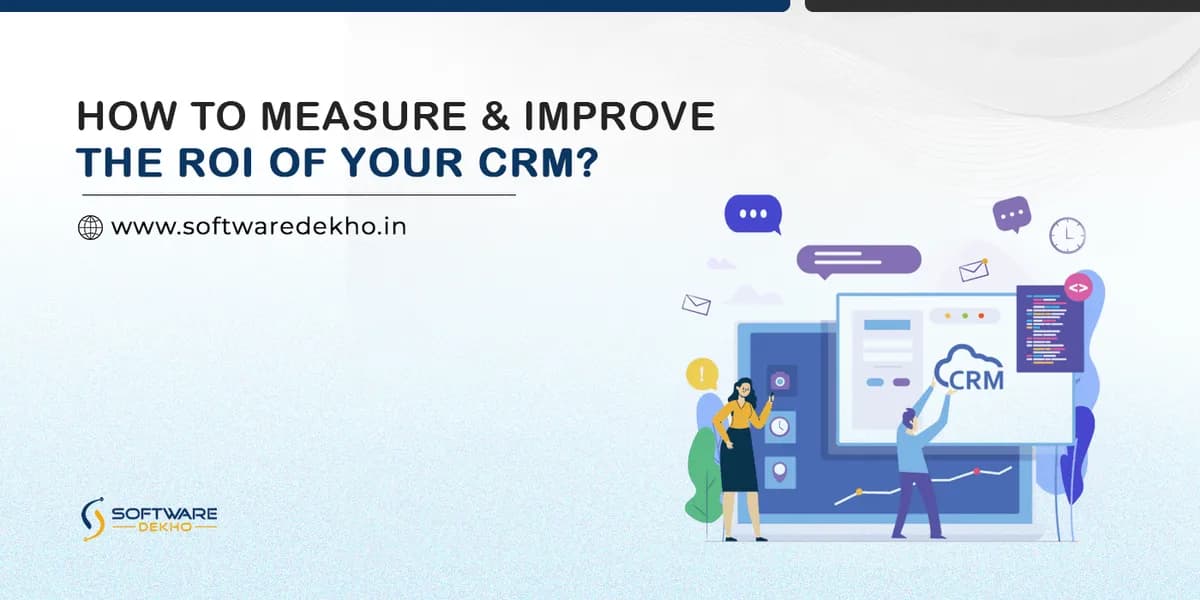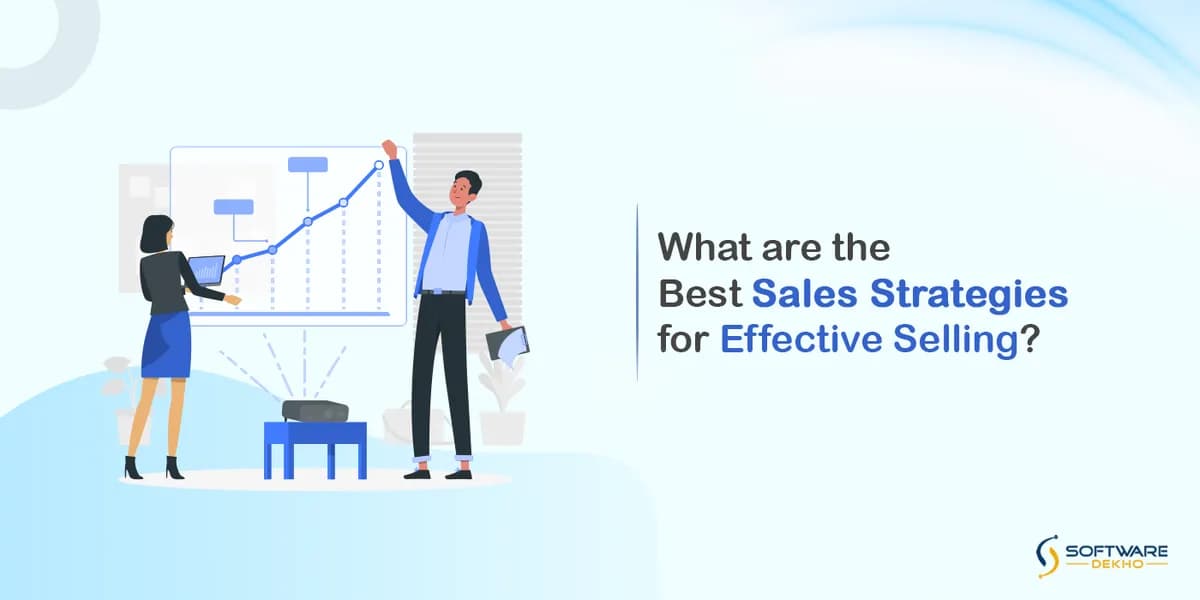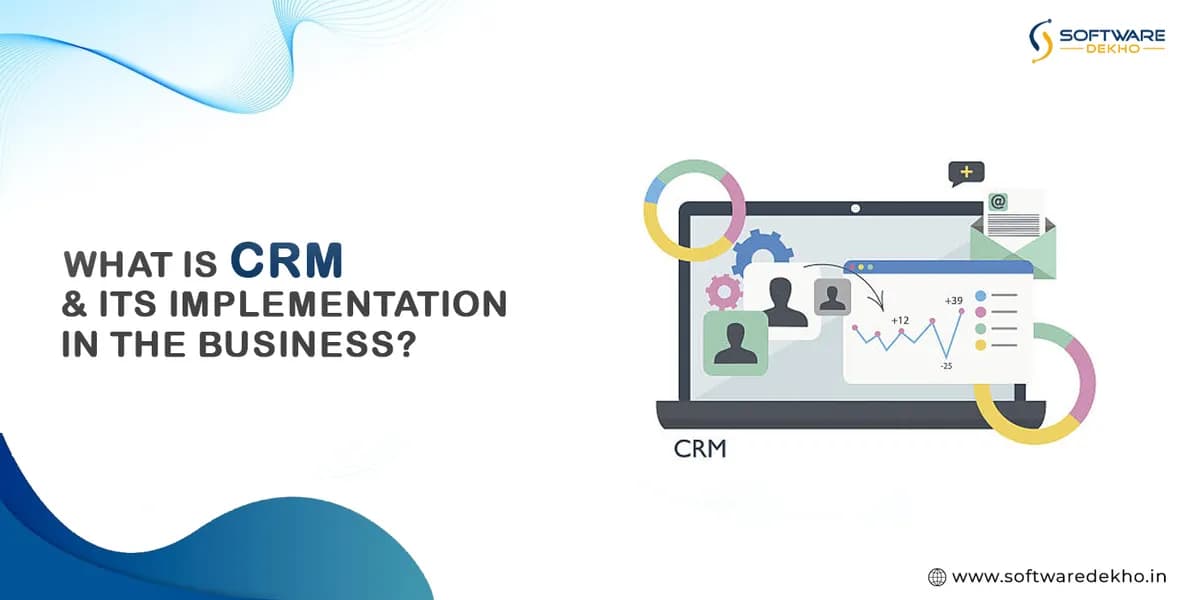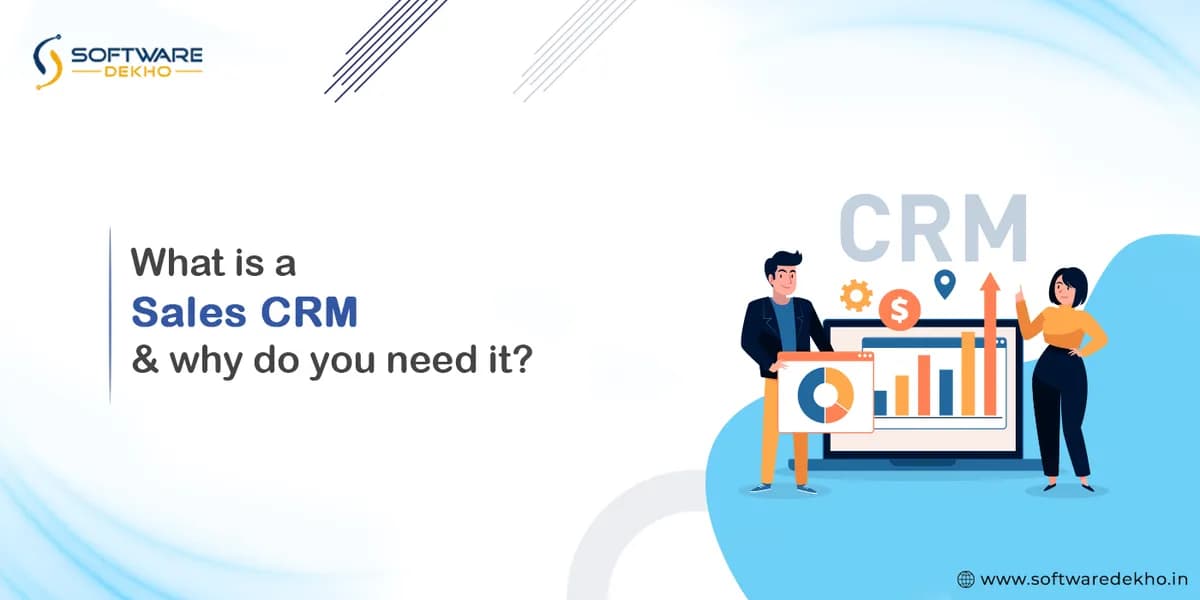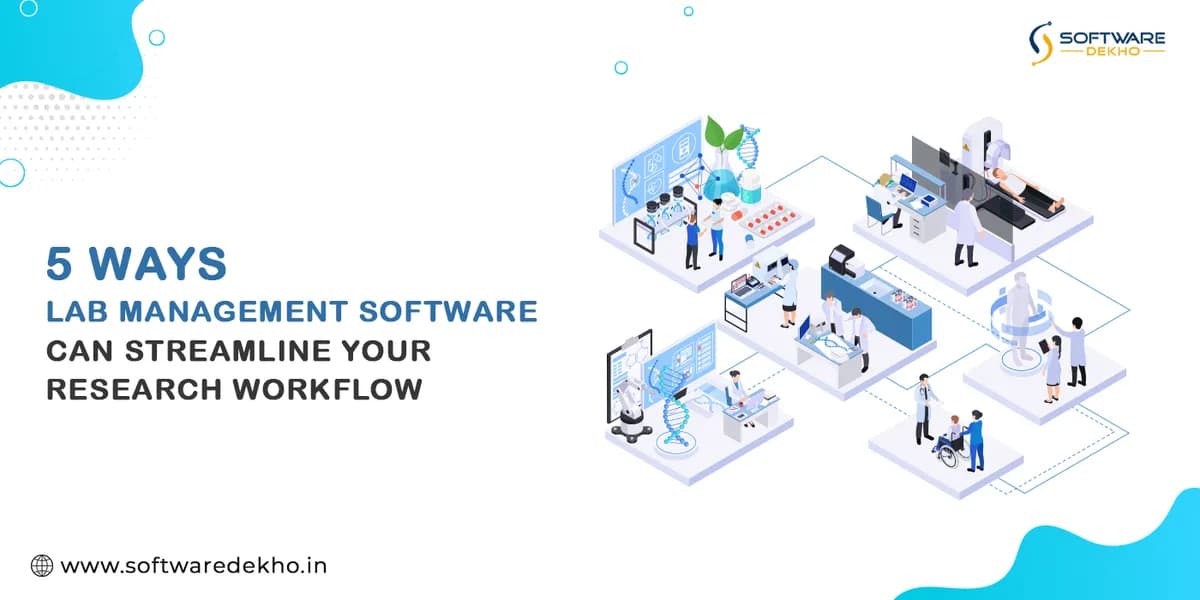How to Measure and Improve the ROI of Your CRM?
Customer Relationship Management (CRM) systems are essential tools for increasing sales, driving growth, and enhancing customer satisfaction. It is helpful for the sales pipeline management or lead management which eventually helps to achieve the financial targets. To fully harness their potential, companies must evaluate and improve the Return on Investment (ROI) of their CRM investments. This guide offers practical strategies for measuring and enhancing CRM ROI.
What is ROI of CRM?
ROI of CRM is the financial payback you receive from your investment in a CRM system. It's a metric that helps you gauge the value you are getting from your regular customer relationship management (CRM) activities. In simpler terms, it tells you if your CRM strategy is actually driving positive business outcomes.
Why is ROI of CRM Important?
By understanding your CRM ROI, you gain valuable insights into:
Customer Profitability:
If you are nurturing high-value customers or wasting resources on unproductive leads then CRM ROI helps identify your most profitable customer segments which allows you to focus your resources effectively.
Resource Efficiency:
ROI of CRM indicates the wastage of resource's time in repetitive tasks. A strong CRM ROI can expose inefficiencies and help you free up your team's time for strategic initiatives that directly impact your bottom line.
Strategic Decision-Making:
Considering a new CRM system or additional training? CRM ROI empowers you to make data-driven decisions that fuel sustainable business growth.
Must Read: What are the most popular CRM Software ?
How Do You Track ROI of CRM?
Measuring CRM ROI isn't overly complex, but it requires focusing on the right metrics. Here are some:
- Sales Pipeline Speed: Track how quickly leads move through your sales funnel. A faster flow often translates to higher sales.
- Lead Conversion Rate: A strong CRM can significantly boost the percentage of leads that turn into paying customers.
- Customer Lifetime Value: What is the average revenue generated by a customer throughout their association with your company? A well-utilized CRM can help nurture customer loyalty and increase this value.
By tracking these metrics and calculating your CRM ROI, you can ensure your customer focus is delivering tangible results for your business. It's all about transforming that initial investment into a powerful tool that drives growth and customer satisfaction.
Key Metrics for Measuring ROI of CRM
Customer Acquisition Cost (CAC):
Customer Acquisition Cost (CAC) is the cost of obtaining new consumers. This comprises costs for marketing, sales, and customer relationship management (CRM). Lowering CAC via CRM optimisation may have a substantial influence on total ROI.
Customer Lifetime Value (CLV):
client Lifetime Value (CLV) is the total income earned by a client over their entire association with the organisation. CRM tactics geared at raising CLV improve long-term profitability.
Retention Rate:
CRM activities, such as personalised communication and targeted marketing, can lead to a higher retention rate for clients over time. Higher retention rates result in improved client lifetime value and lower CAC.
Conversion Rate:
The percentage of leads or prospects that become paying customers demonstrates the success of CRM-driven sales activities. CRM optimization has a direct influence on revenue and ROI by increasing conversion rates.

Strategies to Improve ROI of CRM
Data Quality Management:
Data Quality Management involves ensuring accurate, full, and consistent customer data in the CRM system for better decision-making and campaign success. Data validation methods and frequent data hygiene measures are critical.
Process Optimization:
Process optimization is the process of reducing CRM operations, automating repetitive tasks, and eliminating roadblocks in order to boost productivity and operational efficiency. Automating workflows, connecting CRM with other business systems, and adapting workflows to business processes all result in increased efficiency.
Personalization and Segmentation:
CRM data is used to give tailored product suggestions, focused marketing activities, and personalized customer experiences. Sophisticated segmentation strategies based on behavior, preferences, and demographics increase conversions and engagement.
Integration with Other Systems:
CRM connection with other business systems, such as ERP, marketing automation, and e-commerce platforms, allows for a more comprehensive view of customer interactions and simplifies procedures. Seamless data flow across systems enhances decision-making and user experience.
Continuous Training and User Adoption:
CRM users get continuing training and assistance to increase system use, improve user competency, and promote corporate acceptance. Investing in user training, designing user-friendly interfaces, and cultivating a culture of continual learning lead to greater ROI.
Calculating CRM ROI: Formula
ROI = (Net Return on Investment / Cost of Investment) x 100
Components: Net return includes revenue generated, cost savings, and intangible benefits such as improved customer satisfaction and loyalty. Calculating ROI involves quantifying both tangible and intangible benefits and comparing them to the initial investment.
Real-Life Case Studies
Are you unsure about the return on investment (ROI) from your CRM system? Do not look much further than CRM ROI! This strong statistic serves as a performance scorecard, indicating how well your customer focus translates into tangible advantages for your company. Here are two real-life case studies demonstrating the impact of a good CRM ROI:
Case Study 1: Sephora Increases Sales and Customer Loyalty
Company: Sephora, a leading beauty retailer
Challenge: Sephora had difficulties managing consumer data across many channels, as a result, they failed to provide a good client experience. Moreover, the company did not keep track of the performance of its marketing activities or personalize offerings for each consumer which always creates misunderstanding between the company and a client.
Solution: Sephora has implemented a CRM system to centralize customer data and deliver a 360-degree picture of each customer. This helps them to customize the marketing campaigns, provide targeted incentives, and increase customer interactions.
Results:
- In the initial year of adopting the new CRM system, revenues grew by 10%, and participation in customer loyalty programs increased by 20%.
Source: https://www.criteo.com/success-stories/sephora/
Key Takeaways: Sephora's case explains how a positive CRM ROI can result in increased earnings, boost customer satisfaction, and provide a more personalized experience for them.
Must Read: CRM: How Can It Help Marketing Campaigns?
Salesforce Boosts Lead Conversion Rate by 35%
Company: Salesforce, a leading provider of cloud-based customer relationship management (CRM) software
Challenge: Before implementing a CRM solution, Salesforce relied on manual processes and disparate data sources to track leads and manage customer relationships. This resulted in a slow and inefficient sales process, hindering their ability to convert leads into paying customers.
Solution: Salesforce introduced its own CRM software package, Salesforce Sales Cloud. This enabled them to automate lead scoring, customize marketing, and expedite the sales process.
Results:
- Increased the lead conversion rate by 35% within the first year of deploying Salesforce. Sales Cloud Source: [Salesforce: The State of Sales Efficiency Report: https://www.salesforce.com/resources/research-reports/state-of-sales/
Key Takeaways: Salesforce's case explains how a strong CRM ROI can lead to a more efficient sales process, improved lead conversion rates, and ultimately, increased revenue.
Businesses, like Salesforce, may profit significantly by concentrating on CRM ROI and using the correct technology. Remember that a strong CRM ROI ultimately ensures that your customer focus produces concrete rewards for your company.
Best Practices for Maximizing ROI for CRM
Conduct Regular Reviews:
Continuously assess CRM performance against specified KPIs, discover areas for improvement, and adapt strategy accordingly. Regular assessments guarantee that the CRM system adapts to changing company requirements and market trends.
Invest in Customer Training:
Customers should receive extensive training and assistance to guarantee they are fully utilizing CRM capabilities and maximizing ROI. Offering training tools, tutorials, and user manuals increases client happiness and loyalty.
Leverage Analytics and Reporting:
Use CRM analytics and reporting tools to learn about customer behavior, preferences, and trends. Data-driven decision-making enables targeted marketing campaigns, personalized communications, and proactive customer assistance.
Foster Collaboration Across Departments:
Encourage communication across sales, marketing, customer service, and other divisions to exchange insights, align plans, and plan activities. Cross-functional collaboration enhances customer experiences and promotes corporate success.
Stay Agile and Adaptive:
By adjusting to changing consumer preferences, industry realities, and technology advancements, you can stay ahead of the competition. Being agile and flexible helps businesses to take advantage of fresh possibilities, get beyond escalating challenges, and foster ongoing development.
Conclusion:
Businesses must maximize the return on their CRM investments to remain ahead of the competition. Real-world case studies can definitely help businesses enhance their CRM implementations to attain long-term success.
You must conduct thorough research and read user reviews to choose the best software for your needs. So, take a look at our website to understand better!
